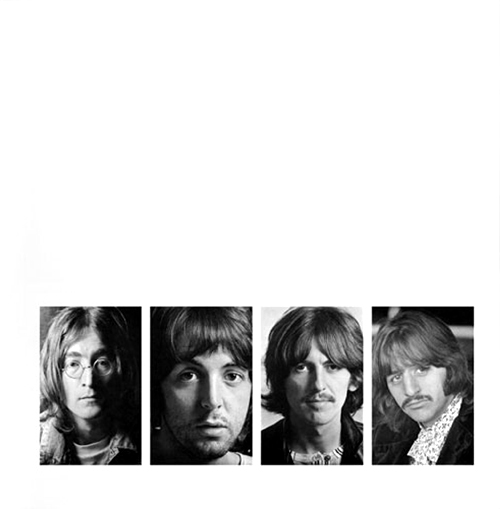
Recorded in 1960 and first performed in 1961, Max Roach’s We insist! Freedom now suite moves from depictions of slavery to Emancipation to the civil rights struggle and African independence.
The work draws on both long-standing symbols of African American cultural identity and more immediate historical context. It is a modernist work as well, as Roach (1924–2007) and his musicians strove to make use of African and African American legacies in new ways.
Decades after the recording, We insist! still sounds fresh, modern, and haunting, reminding us that jazz tradition has always been in dialogue with the social and cultural movements going on around it, and has often been at its most inspired when engaged in social commentary.
This according to “Revisited! The Freedom now suite” by Ingrid Monson (JazzTimes XXXI/7 [September 2001] pp. 54–59,135; available online here).
Today is Roach’s 90th birthday! Below, a recording of the work.
 BONUS: Roach was the first jazz musician to receive a MacArthur Fellowship! You can read about it here.
BONUS: Roach was the first jazz musician to receive a MacArthur Fellowship! You can read about it here.










